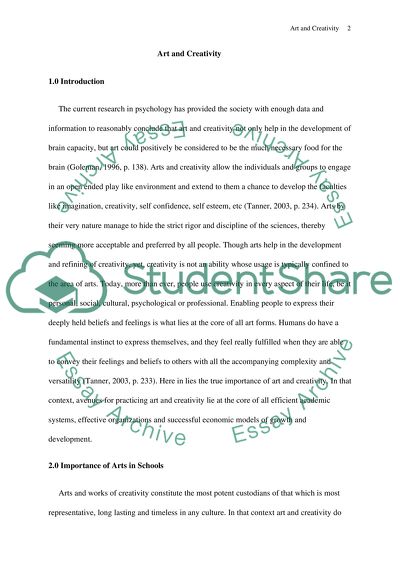Cite this document
(“Art and Creativity Research Paper Example | Topics and Well Written Essays - 1750 words”, n.d.)
Retrieved from https://studentshare.org/psychology/1427376-art-and-creativity-freedom
Retrieved from https://studentshare.org/psychology/1427376-art-and-creativity-freedom
(Art and Creativity Research Paper Example | Topics and Well Written Essays - 1750 Words)
https://studentshare.org/psychology/1427376-art-and-creativity-freedom.
https://studentshare.org/psychology/1427376-art-and-creativity-freedom.
“Art and Creativity Research Paper Example | Topics and Well Written Essays - 1750 Words”, n.d. https://studentshare.org/psychology/1427376-art-and-creativity-freedom.


